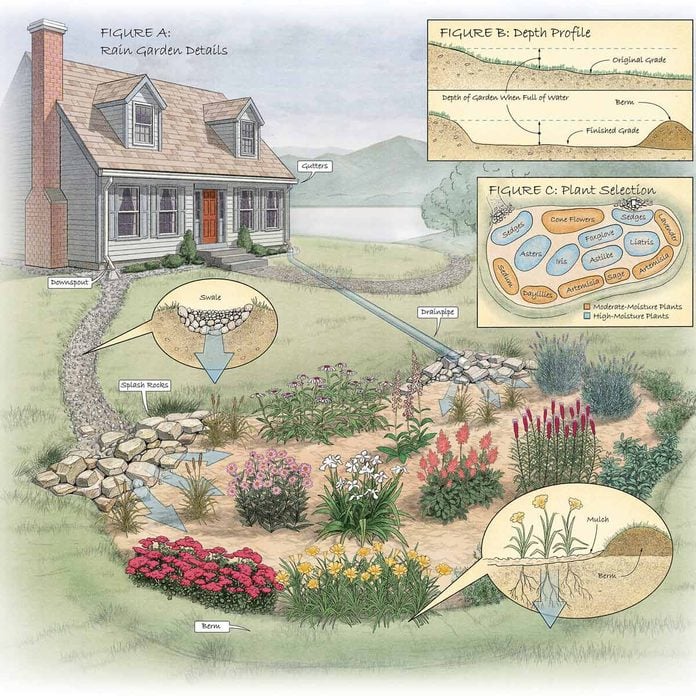what is a functioning rain garden
A rain garden is a collection of native shrubs and perennial plants planted in a small depression or low lying area of the yard designed to hold and soak. They can be constructed as simply as digging a shallow depression and filling it with native plants and soil amended with sand.
Watch our rain garden animation by clicking the picture below and see how a rain garden works both above and below ground.

. Rain gardens fill with a few inches of water after a storm and then water filters. Next download the free Rain Garden Handbook for Western Washington. The soil cleans the water of pollutants before it enters the storm drain and empties into our bayous and bays.
A rain garden is a functional landscaped area constructed to capture and hold stormwater so that it infil-trates into the soil rather than becoming surface runoff. A rain garden is a shallow planted depression designed to hold water until it soaks into the soil. They collect water in natural or constructed shallow vegetated depressions and allow it to soak into the ground slowly.
For example at Klausing Groups Lexington headquarters our rain garden is constructed with a settling area with a natural and constructed filtration system that captures sediments. Essentially a rain garden is a small shallow basin in your yard where runoff water pools and slowly soaks into the ground. Meant to be attractive as well as functional plants are sown into the soil of the basin to help with filtering the water that is collected.
A key feature of eco-friendly landscape design rain gardensalso known as bio-infiltration basinsare gaining credibility and converts as an important. A rain garden should be positioned near a runoff source like a downspout driveway or sump pump to capture rainwater runoff and stop the water from reaching the sewer system. Your rain garden depth will likely be between 18-36 deep with 6 ponding area and 12-30 of soil amendments.
Limit the amount of water that enters the local storm drain system. On the other hand rain gardens are unlikely to suffer from intense waterlogging since the function of a rain garden is that excess water is drained from the site. Water new trees and shrubs weekly until soil to depth of roots is moist.
What is a Rain Garden. New rain gardens will need supplemental watering. It is best to keep rain gardens away from building foundations utilities and septic systems.
How to Use This Guide. The handbook will help you design install and maintain your rain garden. Beautiful because of the plants you grow functional because it helps control stormwater runoff from your property.
What is a Rain Garden. Rain Gardens are Functional and Beautiful A Rain Garden is a landscape depression that can be filled with moisture-loving plants. T h e y can be placed anywhere good soils with adequate percolation rates exist.
During their first 3 growing seasons after installation rain gardens must receive 1 of water per week including rainfall. Rain gardens not only beautify an area they bring larger benefits to the environment both locally and beyond. A rain garden filled with wildflowers and native plants adds more than beauty to your home.
Instead of a concrete jungle water tolerators are thriving in the moist zones like the species listed above. A rain garden in temperate climates will unlikely dry out completely but gardens in dry climates will need to sustain low soil moisture levels during periods of drought. When you create a rain garden which is a shallow planted depression it collects water that slowly soaks into the soil.
By including water quality systems a rain garden becomes a true functional piece of green infrastructure that ties into a propertys stormwater system. It is designed to temporarily hold and soak in rain water runoff that flows from roofs driveways patios or lawns. Rain gardens are designed to capture one-inch of rainfall and infiltrate the water within three days.
Rain gardens are shallow constructed depressions that are planted with deep-rooted native plants and grasses. A rain garden is a garden of native shrubs perennials and flowers planted in a small depression which is generally formed on a natural slope. Building a Rain Garden in the City and learn why where and how to build a rain garden.
Rain gardens slow the flow of rainwater from roofs sidewalks streets parking lots and other impervious surfaces allowing the water to penetrate the soil. The soil mix placed back in the excavated rain garden or hole at this point should consist of 50 sand 25 topsoil and 25 compost. While a rain garden has an area where water collects its not a pond.
They are strategically located to capture runoff from hard surfaces such as a driveway parking area sidewalk or streets. By planting a rain garden you can help maintain the natural water cycle while protecting local rivers lakes fish and drinking water sources. Hidden beneath the pretty plants is a natural storm water treatment system that allows 30 more water to infiltrate into the ground.
Rain gardens must be located to inter-cept runoff from impervious areas. A rain garden is a personal contribution to clean water in your community To reduce stormwater runoff from your property look at your property and identify where the water goes. Rain gardens have become a tool that homeowners developers restoration workers and others have used to mitigate flooding in areas with high amounts of winter precipitation and large swathes of impervious surfaces.
Rain gardens are not only beautiful and creative they are also functional. In the case of larger storms rain gardens are designed to overflow through a simple dip in the berm on the downstream side of the garden which can be reinforced with river rock to ensure stability of berm. Rain gardens recreate the natural function of the land which includes.
Use a flat-sided can such as a tuna can to measure depth of rainfall. A rain garden is a beautiful and functional addition to your yard. Rain gardens are attractive functional landscaped areas designed to capture and filter stormwater before it runs off into storm drains.
The overflow can be directed toward. Fill the rain garden with soil media mix. A great first step is to watch this 5 minute video.
Rain gardens are effective in removing up to 90 of nutrients and chemicals and up to 80 of sediments from the. Be sure to check out where and where not to build your garden. Capturing rainwater filtering out pollutants and recharging groundwater.
Additional sand can always be added to the. Size Rain gardens are typically 5 to 10 per-cent the size of the impervious surface. Its an environmentally-friendly way to catch stormwater that runs off roofs driveways and other surfaces.
A rain garden is a bowl-shaped depression designed as a garden to capture hold and absorb rainwater.

What We Wish We Knew Lessons For Rain Garden Implementation Easyblog

Every Rain Garden Needs A Little Tlc Ramsey Washington Metro Watershed District
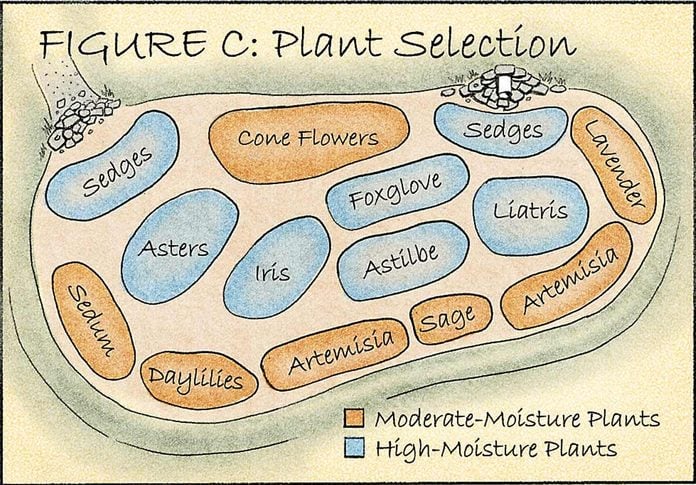
How To Build A Rain Garden In Your Yard Diy

Healthy Yards Diy A Beginners Guide To Building A Rain Garden Reep Green Solutions
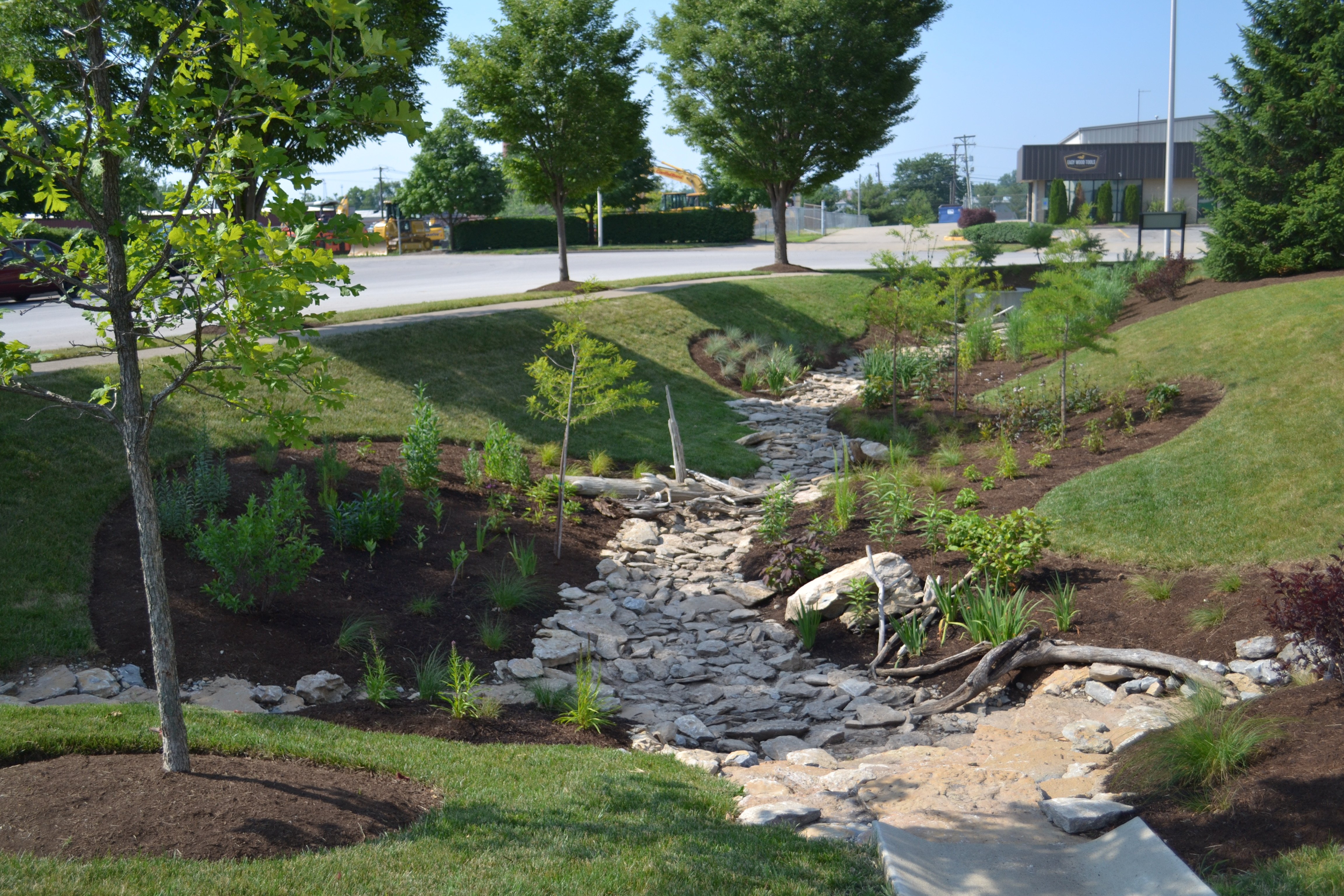
What Is A Rain Garden Exactly 3 Types Of Rain Gardens 2 Myths 6 Benefits
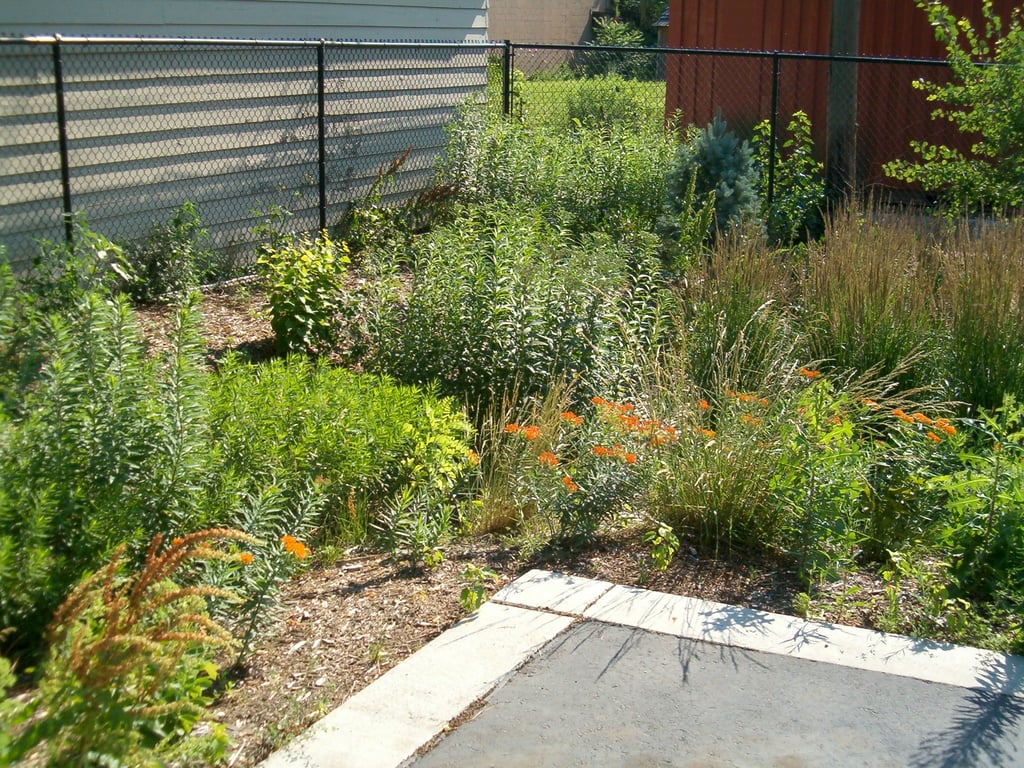
What Is A Rain Garden Exactly 3 Types Of Rain Gardens 2 Myths 6 Benefits

Make A Rain Garden In 5 Simple Steps Rain Garden Design Rain Garden Backyard Landscaping
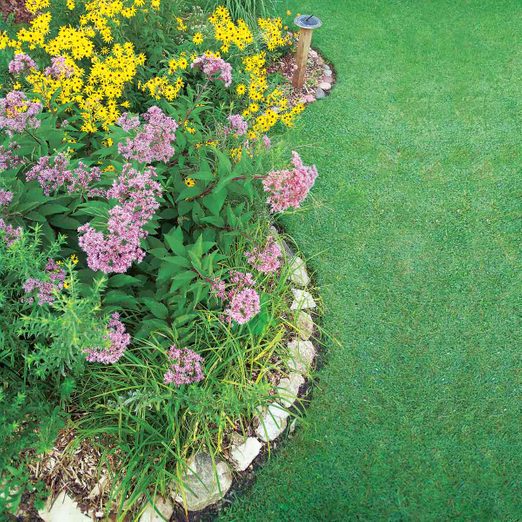
How To Build A Rain Garden In Your Yard Diy
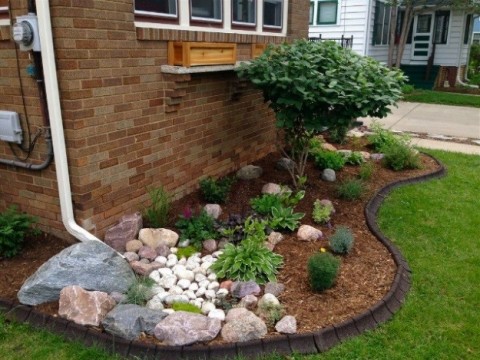
What In The World Is A Rain Garden Easyblog

Maintenance Ideas For Rain Gardens And Bioretention Facilities Snohomish Conservation District
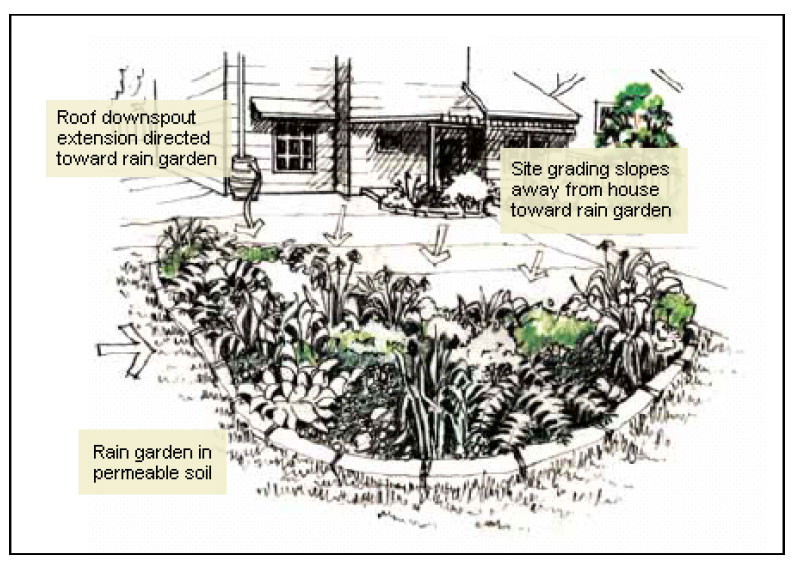
Landscape Rain Gardens A Way To Improve Water Quality Center For Agriculture Food And The Environment At Umass Amherst
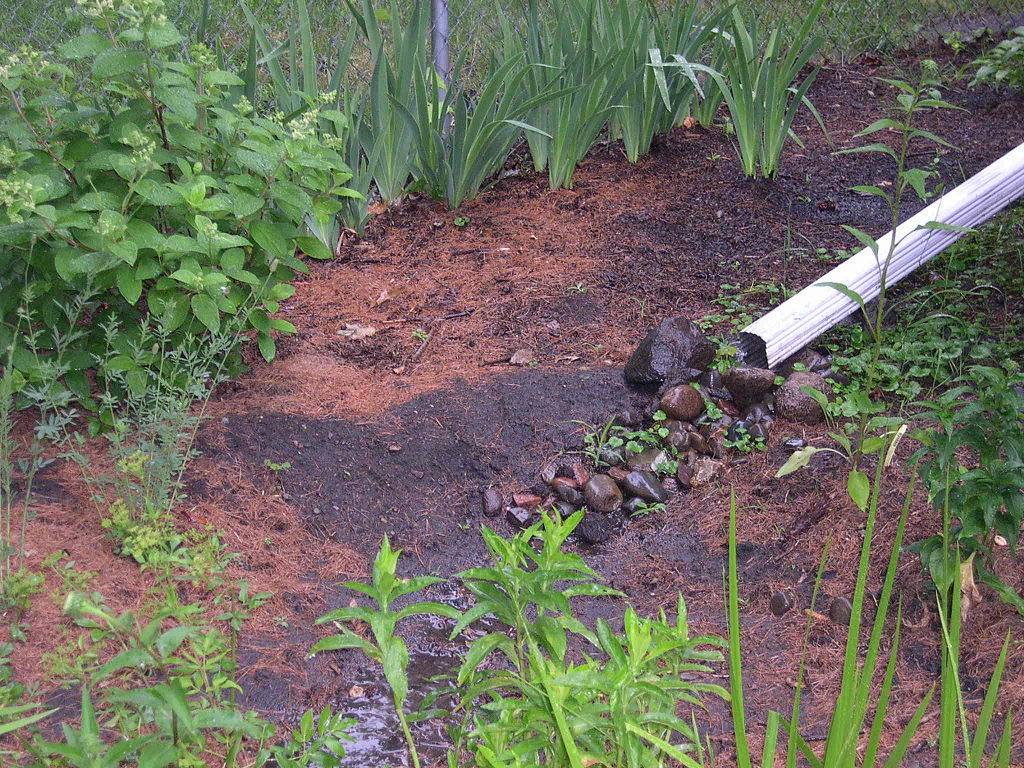
How To Build A Rain Garden 6 Steps Lawnstarter
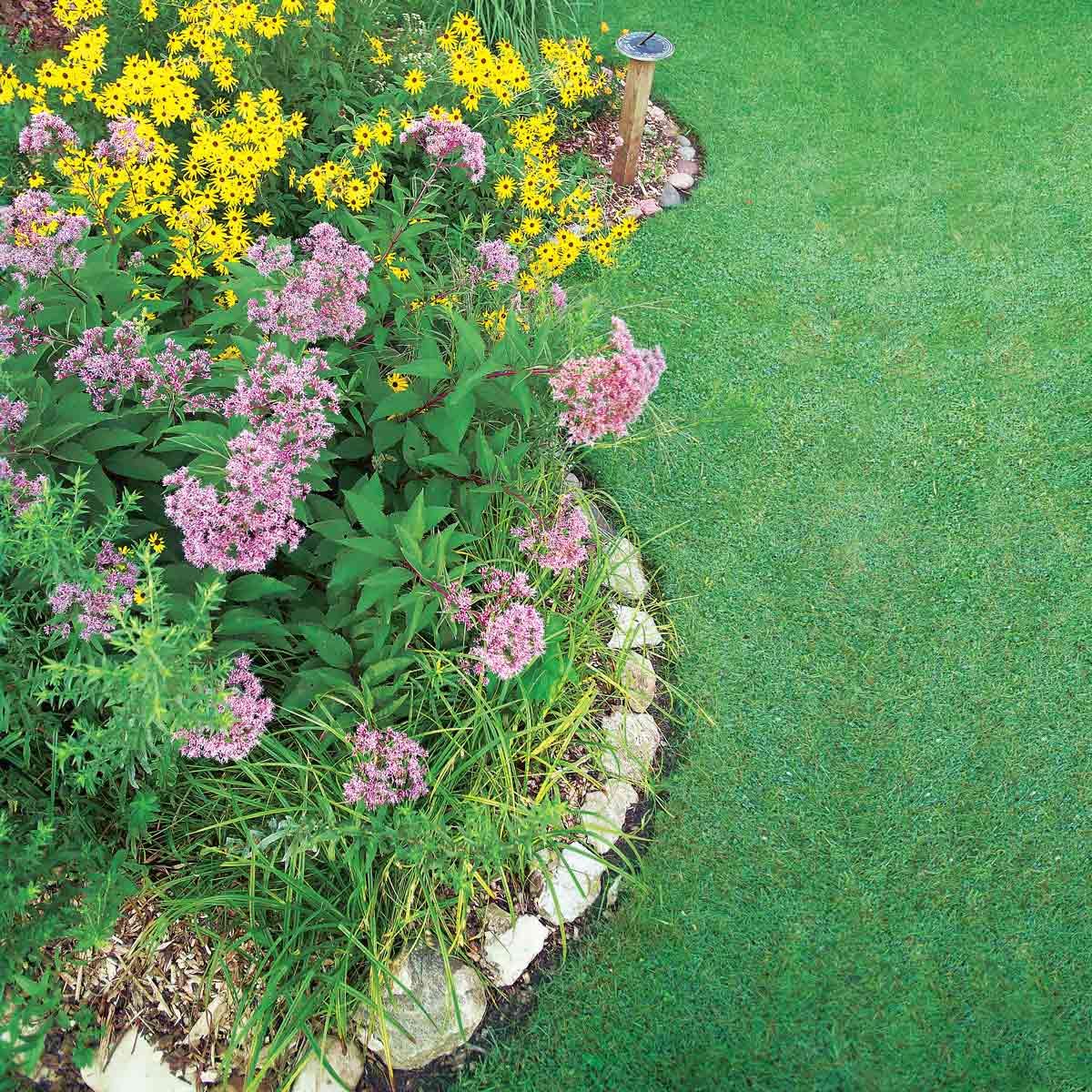
How To Build A Rain Garden In Your Yard Diy

Rain Gardens What Is The Purpose Of A Rain Garden
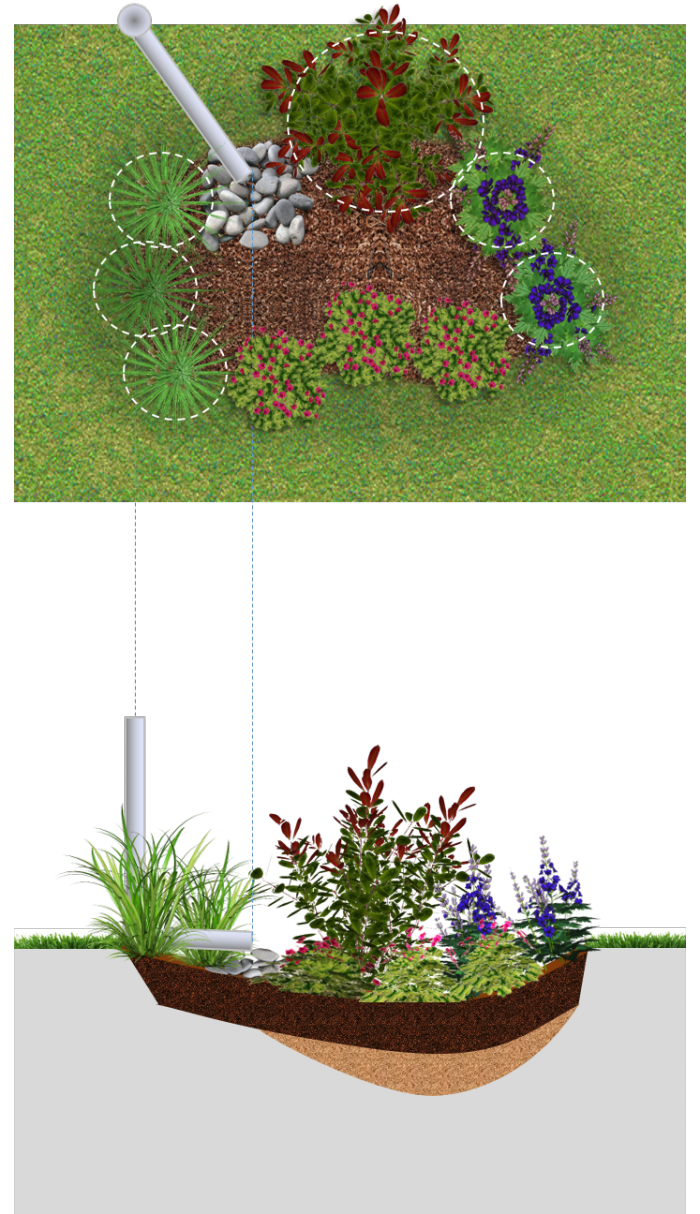
Rain Gardens Lid Swm Planning And Design Guide
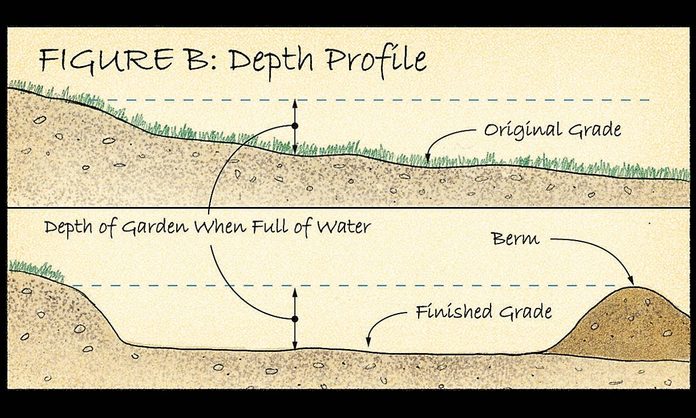
How To Build A Rain Garden In Your Yard Diy

Rain Gardens What Is The Purpose Of A Rain Garden

